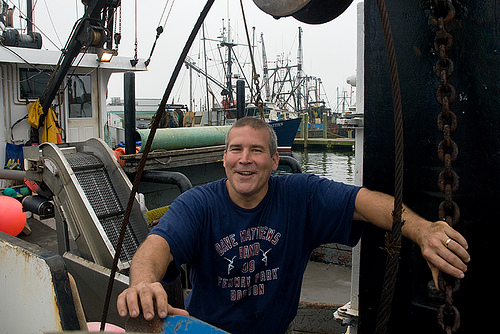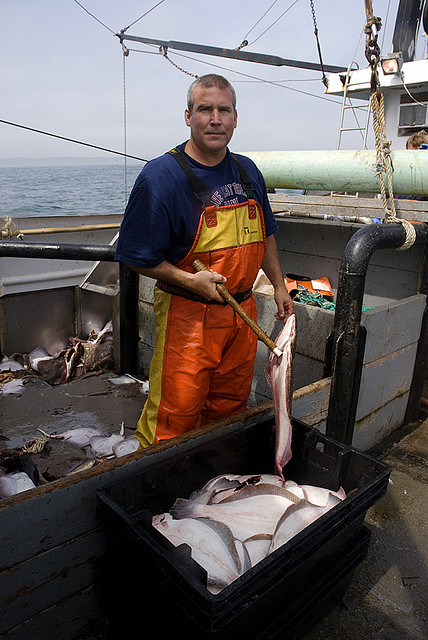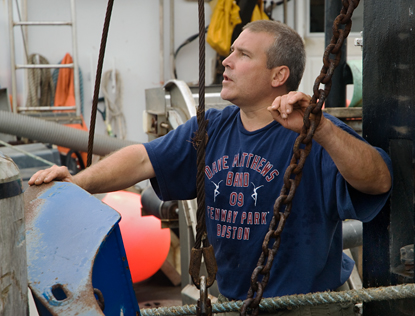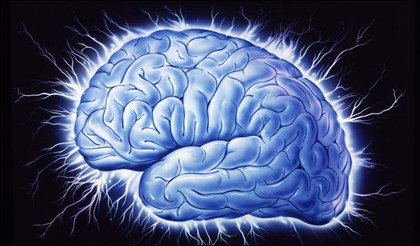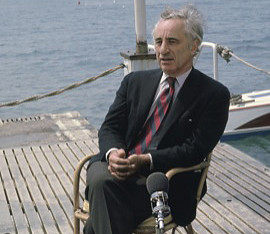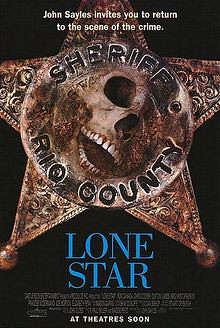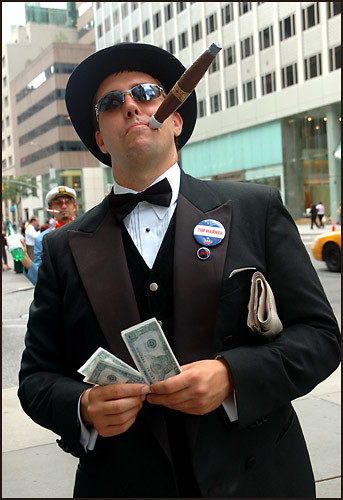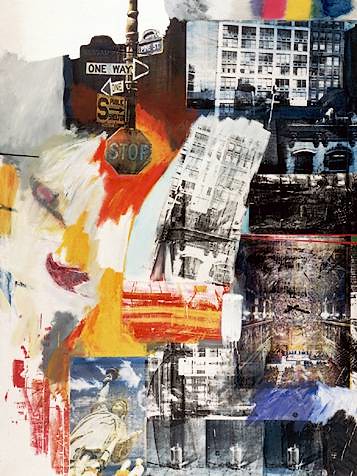
Robert Rauschenberg, 1963
Recently, Gagosian seems to be acting more like a museum than a gallery. Last week, I saw their Robert Rauschenberg show, just half a year after catching their dazzling exhibit of Picassos, The Mediterranean Years. I'm guessing these shows are intended as artistic potlatches to demonstrate Gagosian's greater glory -- we're only expected to admire. But, really, who's complaining? All I want to do is look.
I nosed around the web for info about Rauschenberg. A critical consensus calls him a rebel for, as one writer put it "...his rejection of the angst and seriousness of the abstract expressionists." That may be true (I don't know the history of the art wars during that period). Then again, it could be just the critic's version. After looking at his stuff, it strikes me that Rauschenberg doesn't seem like a guy to categorically "reject" anything. Instead, he may have gone in his own direction as naturally as a bird goes south for the winter.
It is true that, if abstract expressionists aimed to infuse paintings with spiritual truth ("the unconscious," to be found within each artist), Rauschenberg's pieces run ineluctably in the opposite direction. He called what he did working in "the gap between art & life." In practice that meant radical inclusion -- intake -- the continuous, open-ended transformation of "the mess of life" into art.
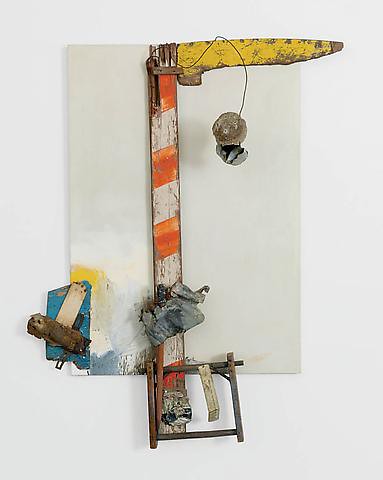
Aen Floga (Combine Painting), 1962, Oil on canvas with wood, metal and wire, Robert Rauschenberg
In his "Combines"(I love that word), Rauschenberg uses discarded trash & daily objects made from every kind of material: signs, clothing, pillows, sticks, cardboard boxes, dirt, furniture, bricks, printed fabric, rusted shapes of iron. Other works on canvas reproduce photo & art historical images ripped from the cultural mix as photographs, silkscreens, drawings, chemical imprints -- painted, overlaid, daubed, meshed. Rauschenberg's choices & juxtapositions are intuitive, never didactic -- if you look at them long enough, the meaning(s) become clear, but these are not always accessible to words.
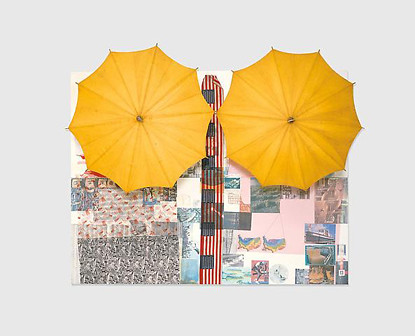
"Untitled (Spread)," Robert Rauschenberg
Walking around the show I opened my notebook & started writing down what I saw. Here is an unsystematic sampling.
football fish cat flowers dancer aerial city waterslide posed chimps pinnipeds twinned roads blossoms bridges planets fruit horses thermostat oil tanks mountain peaks tractor Geronimo pedestians mustache arrow umbrella headlights rulers nudes blueprints Abe Lincoln monkeys traffic cactus Buddha skyscrapers scaffolding reflections bicycles Lady Liberty mosquitoes poppies roses cows lace cupolas drainpipes tenements Greek columns flywheel pediment assemblyline tires bodhisattva dormer Michaelangelo's Sistine ceiling mushrooms meat chairs steins juicers filmstrip flags maps boats broadsheets numbers statues Mona Lisa(s) children's drawings musical notation ideograms
Quoted for this show, Rauschenberg said, "...If I can possibly show to anyone that the world belongs to them, to each person, then the work is successful."
Amen
